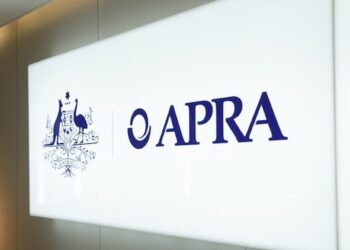Australian superannuation balances are improving, but there is still a way to go to achieve a comfortable retirement for many, according to the Association of Superannuation Funds of Australia (ASFA) data.
The ASFA data found retirees will need $595,000 in retirement if they are an individual and $690,000 for a couple, assuming access to full or part age pension as the balance is drawn down.
The analysis delves into the average superannuation balances for males and females at various ages, showing that women still generally have lower superannuation balances than men, particularly from age 30 onwards.
Leading up to retirement age, the median super balance is around 25 per cent lower for women than for men.
ASFA found there are many members who still have a gap to achieving a comfortable retirement for many at different ages.
For example, for a comfortable retirement, the average 40-year-old needs a super balance of $162,000 if they earn $65,000 pa, or $113,000 if they earn $90,000pa.
And yet the average 40-year-old male has a balance of just $92,000 and female $67,000.
Or, an average 55-year-old needs a balance of $360,000 if they are earning $65,000pa, or $332,000 if they are earning $90,000. Yet the average balance for a 55-year-old male is $181,000, and for a female $123,000.
ASFA previously revealed that the annual expenditure needed to reach ASFA’s comfortable retirement standard rose another 0.5 per cent in the June quarter as cost pressures weigh on household budgets.
The ASFA comfortable standard includes the cost of everyday expenses such as health, communication, clothing, and household goods and reflects community expectations as well as changing lifestyle expectations and spending habits.
ASFA said someone on a wage of $90,000 a year will need super guarantee contributions at 12 per cent of wages for around 35 continuous years to achieve the level of savings required to support a comfortable level of retirement. An individual on $65,000 a year would need contributions at 12 per cent for around 45 years.
Addressing the gap
When it comes to evening out gender gaps, ASFA points to what it calls “long advocated for policy measures” such as extending compulsory super to paid parental leave, including the government’s scheme.
ASFA is also advocating for a separate $5,000 super baby bonus, paid by the government upon the birth of a child, and extending the Low-Income Superannuation Tax Offset threshold to $45,000 in order to benefit women working reduced hours while they raise children.
“A key reason for the retirement savings gender gap is women taking time out of the workforce, or working reduced hours, to have and raise children,” said ASFA deputy CEO, Glen McCrea.
ASFA also says its Super Guru website provides extensive information on the options available for individuals to top up their superannuation savings, such as tax concessions and co-contributions.




